‘Miss Wilmott’ cinquefoil
Potentilla nepalensis
Plants form a low mound of strawberry-like foliage topped with coral flowers, beginning in early … Continued
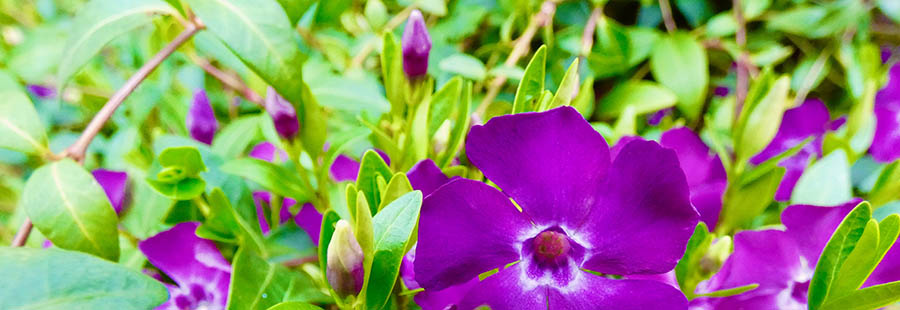
These low-growing plants will spread and require minimal maintenance. Living mulch also provides “soft landings” for insects that overwinter and lay eggs in tree canopies, an essential part of the native food web.
Shrubs, grasses and clumping perennials can also be used as a ground cover when planted in mass. For example, daylilies can be used to cover large expanses or slopes. Some shrubs like Japanese garden juniper or variegated glossy abelia can serve this function, as well as ornamental grasses or self-seeding annuals.
To create the ultimate soft landing for wildlife use native plants and consider combinations of plants rather than a monoculture.
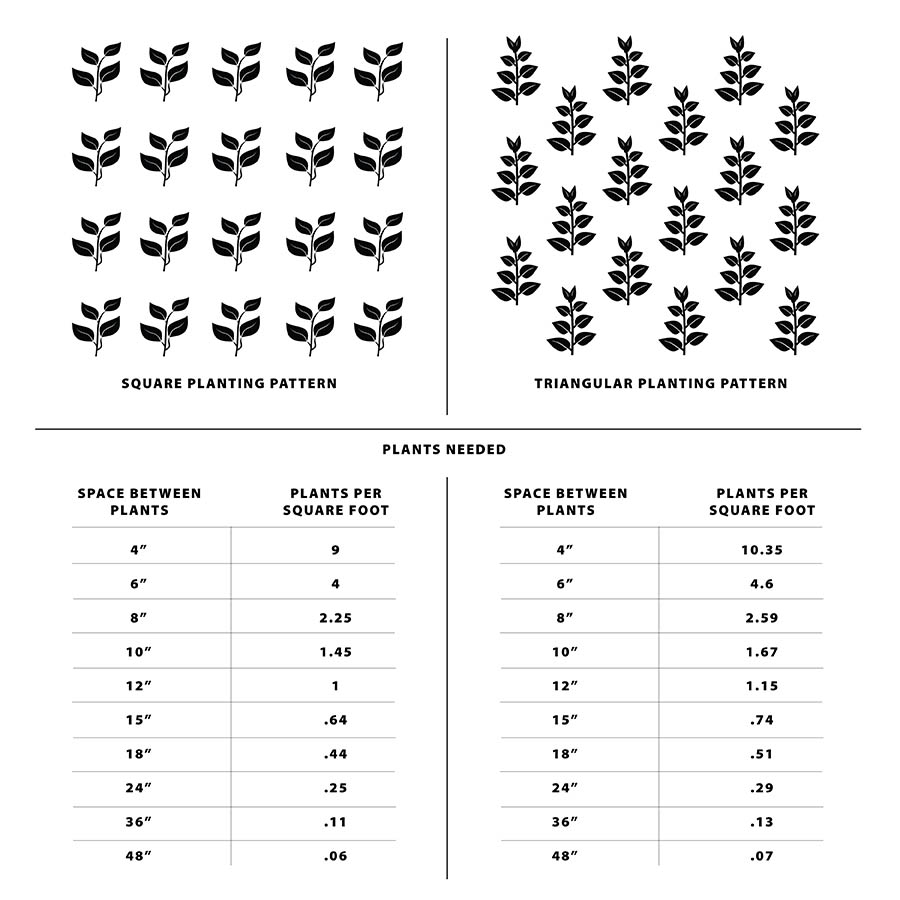
To figure the number of plants needed for your project, multiply the square footage of the bed by the spacing multiplier. Choose spacing based on how fast you want to cover the area and/or the mature width of the plant selected.
Potentilla nepalensis
Plants form a low mound of strawberry-like foliage topped with coral flowers, beginning in early … Continued
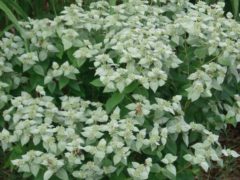
Pycnanthemum muticum
2025 Perennial Plant Association Plant of the Year® Attracts beneficial garden insects like crazy — … Continued
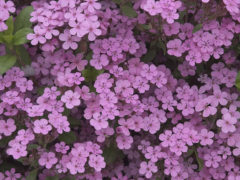
Saponaria ocymoides
This groundcover will carpet the most difficult sites with bright pink flowers. A vigorous grower, … Continued
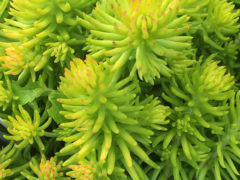
Sedum reflexum 'Angelina'
Thin, evergreen, spiny golden-yellow foliage radiates around central stem and is tinged russet orange at … Continued
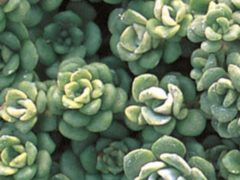
Sedum spathulifolium ‘Harvest Moon’
Silver-white leaves; yellow flowers in summer on this choice rock garden or trough plant. Choice … Continued
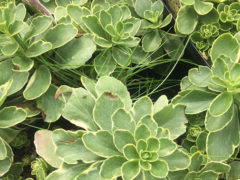
Sedum kamtschaticum var. middendorffianum ‘Variegated’
Narrow green toothed leaves on plants growing just 8-12″ tall and topped with yellow flowers … Continued
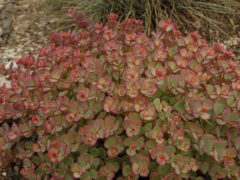
Sedum sieboldii
Low, spreading sedum that forms a rounded mound, sending out horizontal branches from the central … Continued
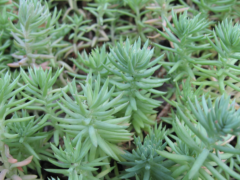
Sedum reflexum ‘Blue Spruce’
Thin, evergreen, spiny blue foliage radiates around the central stems that cascade over container sides … Continued
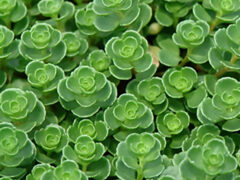
Sedum spurium ‘John Creech’
Dr. John Creech, former director of the U.S. National Arboretum, discovered this Sedum in the … Continued
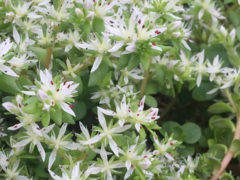
Sedum ternatum
This small, spreading native perennial typically occurs in damp locations along stream banks, bluff bases … Continued
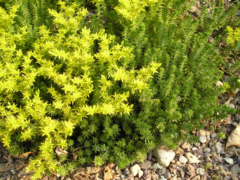
Sedum sexangulare
Super low, 4″ mat of very fine green foliage is covered with yellow flowers in … Continued
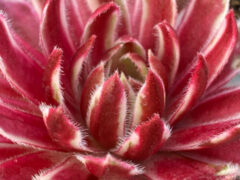
Sempervivum species
Little ‘chicks” cluster around the larger rosette “hen” making perfect little rock garden perennials that … Continued